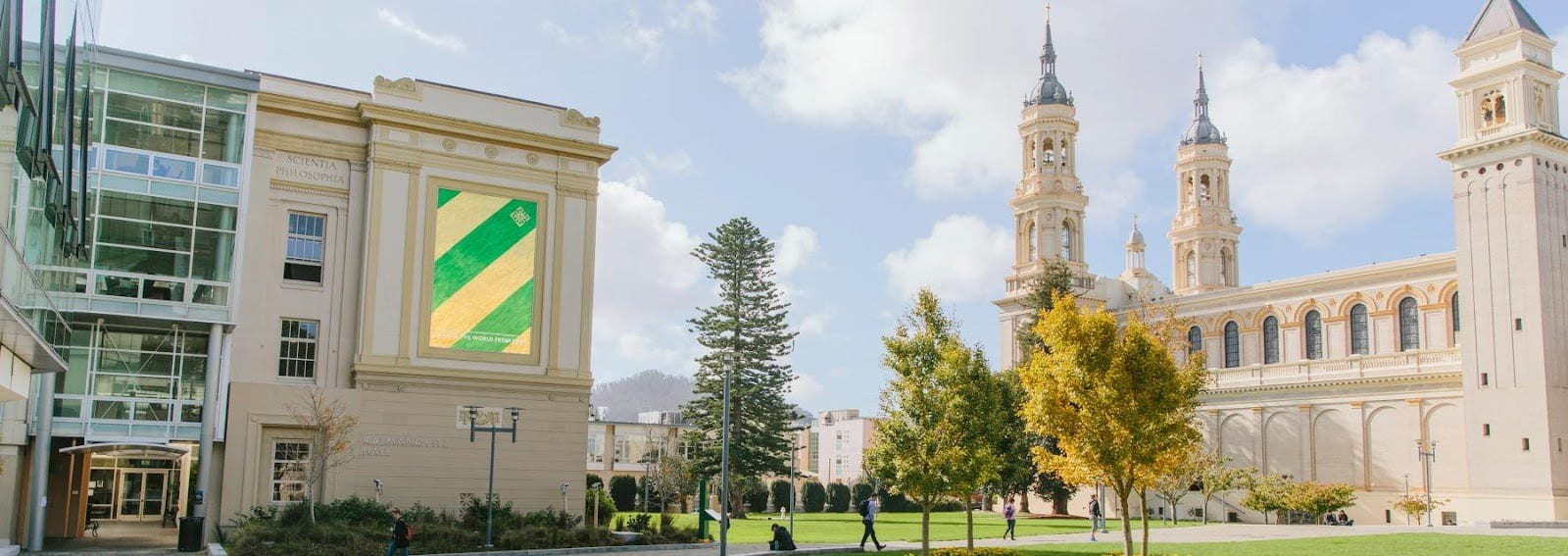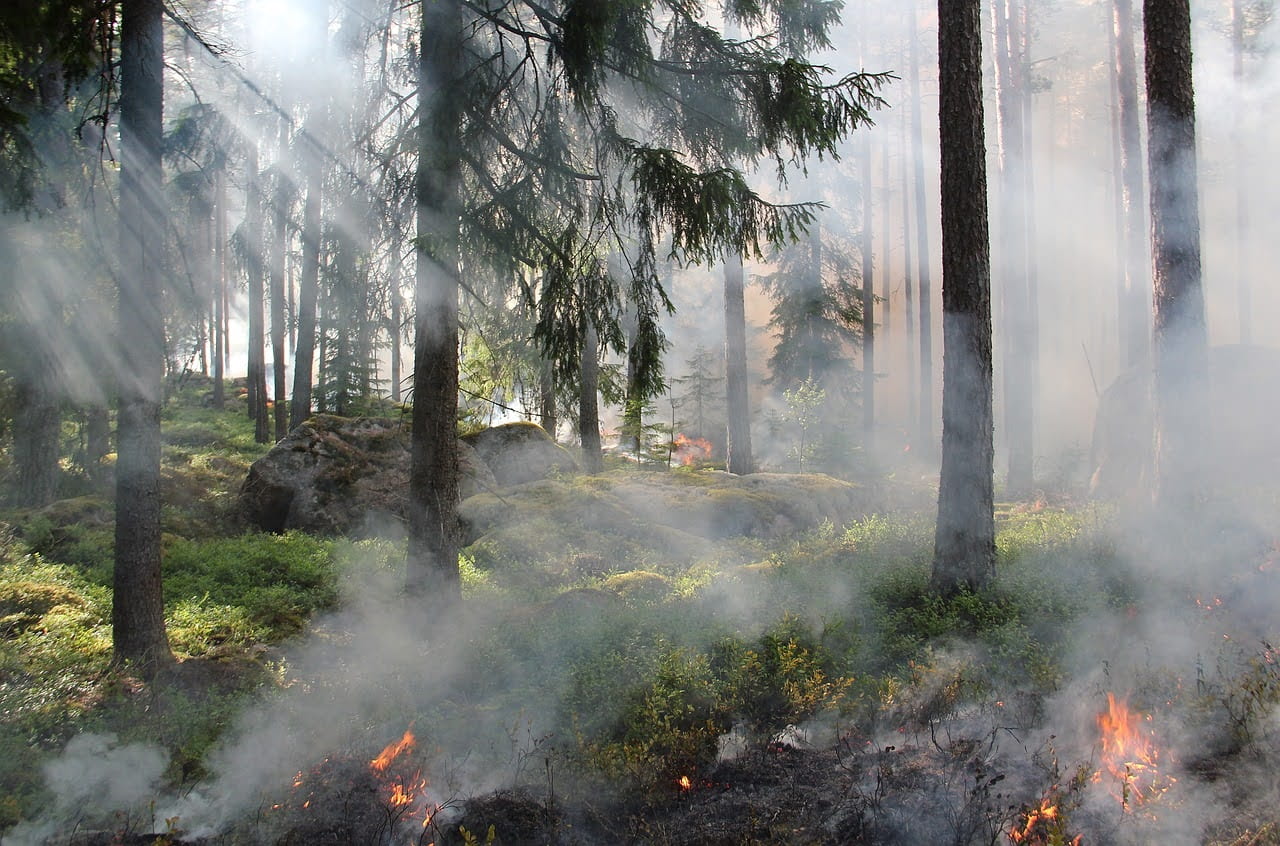New Infrastructure Greens the Scene
Climate change and its consequences are shaping the future of our world, and human activity has certainly reshaped the Earth itself in other profound ways. Rising sea levels, intensifying hurricanes, escalating coastal erosion, magnified droughts and floods, and shifting fire regimes are just some of the issues faced by communities around the world, and modern systems of infrastructure often fail to mitigate their consequences. Changes in how water moves through cities, ecosystems, and regions of the world as a whole are especially challenging. Human-made urban networks of pipes and concrete tunnels are frequently overwhelmed by floods from severe storms, and when this occurs, runoff from impervious surfaces and overflow from overloaded sewers pollute valuable freshwater sources. Increasing urbanization has also resulted in more widespread “heat islands,” a phenomenon where cities are relatively warmer than surrounding rural areas due to an abundance of dark constructed surfaces and lack of vegetation (Mansourmoghaddam, 2022).
Luckily, there are solutions, resolutions that aim to work with the land instead of against it. This approach to problem-solving is known as “green infrastructure,” where the natural processes of ecosystems are integrated into designs and harnessed to tackle such issues (Hiltrud, 2011). Green infrastructure is contrasted with “gray infrastructure”: the human-made systems of steel, concrete, and cement that comprise conventionally engineered networks in built environments (Environmental Protection Agency, 2024). Many current gray infrastructure systems are aging yet difficult to modify, leaving them unprepared to handle the changing conditions of the future, but replacement or blending with implementation of green infrastructure can help rectify this. Green projects also have the power to meaningfully address social inequity and promote environmental justice, since the effects of climate change and extreme weather events disproportionately impact disadvantaged communities. Many projects around the world are in progress or have already been implemented, and I’ll go through a few that are especially promising.
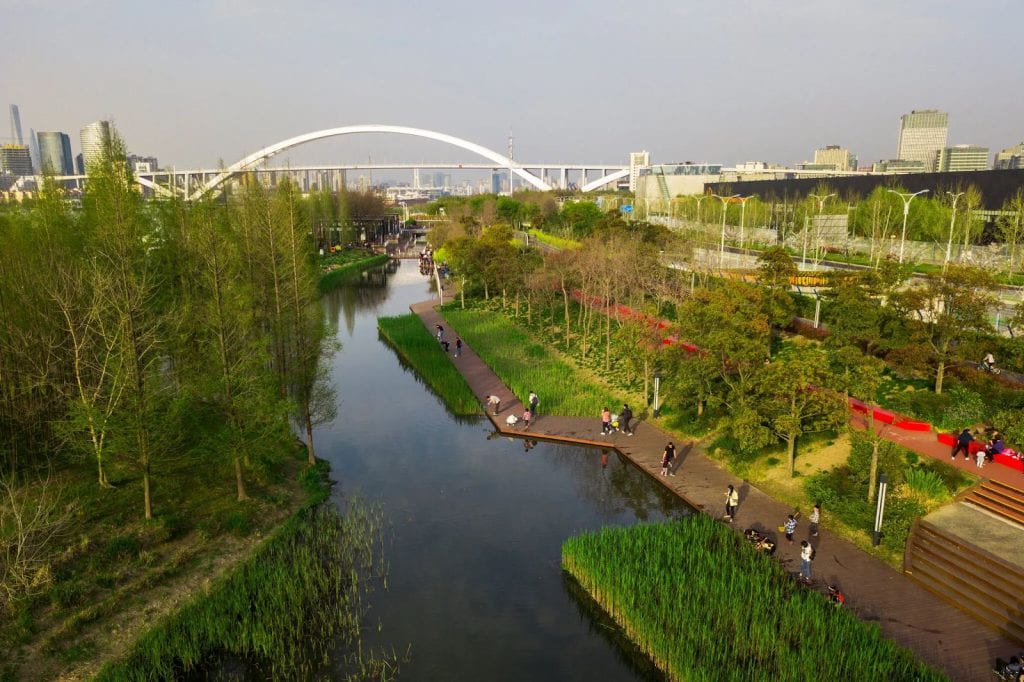
Figure 1. Shanghai Houtan Park, a rehabilitated urban “water park” (Schiffman, 2024)
One green infrastructure project endeavors to tackle the challenge of flash floods in China, which impact 65% of all its urban areas annually (Schiffman, 2024). Led by landscape architect and Peking University professor Kongjian Yu, plans for transforming cities to avert such inundation have a surprising guiding intention: “Let the water in.” Mr. Yu describes his idea of flood-adapted urban areas as “sponge cities,” where rushing flood waters are slowed and dispersed instead of channeled by concrete structures. The architect identifies its approach of redirecting flow as a part of a “whole philosophy,” comparing the process to “doing tai chi.” This redirection is accomplished through diverting runoff to “urban water parks,” where it is slowed, filtered, and absorbed by constructed wetlands. These wetlands, in turn, support biodiversity and act as habitat for numerous species, including native grasses, waterfowl, and breeding fish. Mr. Yu draws inspiration from the farmers of the Zhejiang Province village where he was raised. He says that they “made friends with water” by storing it in terraces and ponds during the rainy season. Traditional methods of water management all but disappeared from urban China after the Industrial Revolution, and recent rapid urbanization has led to huge swaths of land being paved over, making them impermeable to rain. Mr. Yu’s sponge city initiative, formally launched in 2015 by President Xi Jinping, aims to rekindle this traditional water friendship, and its scope has expanded over the years to cover over 640 different sites. The current goal is to convert enough land that 70% of all extreme weather event precipitation falling on these sites will soak into local ground instead of run off into streets, which is a challenge, but Mr. Yu is confident that his designs can become a fruitful part of a larger solution.
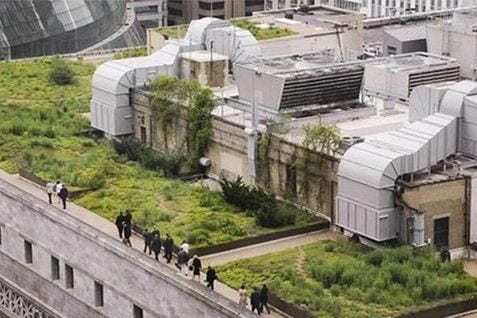
Figure 2: The green roof of Chicago’s City Hall (Environmental Protection Agency, 2023)
Another green infrastructure project focuses on the aforementioned “heat island” effect, a major concern for many cities across the U.S. One city, Chicago, is taking action to prevent this. Chicago has previously been impacted by extreme heat events, like the 1995 heat wave that claimed 739 lives in three days, and climate change threatens to exacerbate these occurrences (Dematte, 1998). As part of the Chicago Climate Action Plan, the city is focusing on extreme heat adaptation and reduction of heat islands, and a major piece of this is green infrastructure, specifically the creation of more rooftop gardens (Environmental Protection Agency, 2023). Covering rooftops across the city (including the City Hall building, pictured Fig. 2), vegetated surfaces absorb and radiate much less heat than traditional building materials, and the gardens reduce stormwater runoff while providing space to grow produce for use in local restaurants. Layers of plant material also reduce energy costs by insulating and cooling the buildings themselves (Tan, 2022). These gardens, implemented in combination with other changes like permeable pavement, promise to make Chicago a cooler place both figuratively and literally.
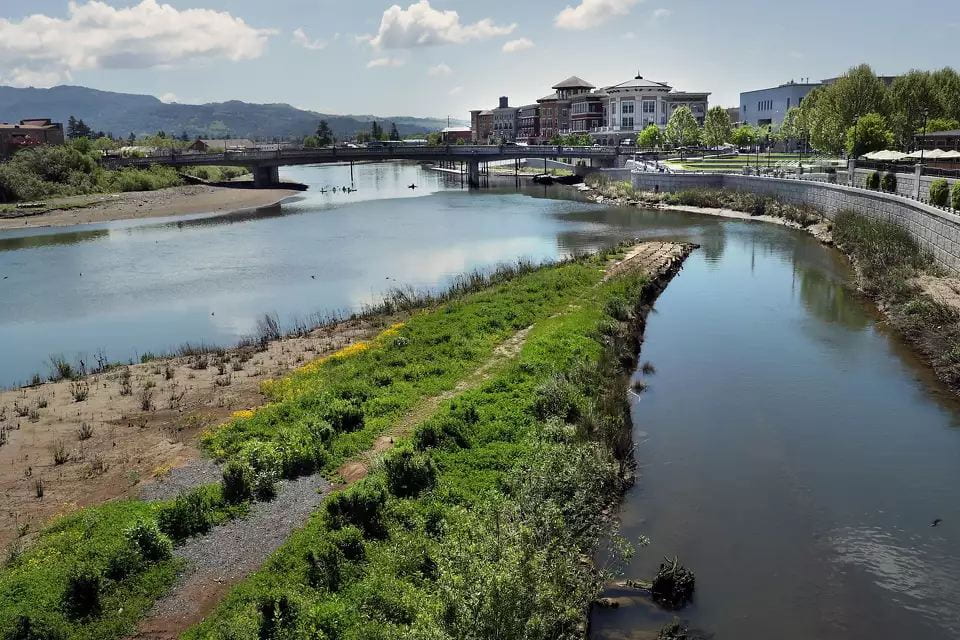
Figure 3. The Oxbow bypass, which protects Napa’s downtown areas from flooding and functions as a park (King, 2017)
One success story of green infrastructure is unfolding right in our home state: the Napa River/Creek Flood Protection Project. In early April, USF José de Acosta keynote speaker Peter Goodwin outlined this project as part of his talk “Recovering Large Ecosystems in the Face of Climate Change and Increasing Uncertainty.” He explained how, in the 1990s, Napa residents formed a community coalition to design and demand implementation of a project addressing the impacts of seasonal floods, several of which had historically resulted in the loss of lives and hundreds of millions of dollars in property damage. Locals and environmentalists had criticized previous gray infrastructure proposals from the U.S. Army Corps of Engineers, which had aimed to construct high floodwalls and concrete culverts to increase flood resistance. Members of the community instead opted to rework their plans into a “living river” design, aiming to reduce flooding impacts and increase other valuable ecosystem services by restoring previously disrupted river habitat (Napa County). Methods and goals for this plan included linking the river to its historic flood plain, preserving a natural channel shape, encouraging a meandering (bending) structure where feasible, conserving natural river features, and maintaining a “continuous fish and riparian corridor” throughout the channel. Since construction began in 2000, the living river has effectively protected Napa from multiple flood events, boosted the region’s economic growth, and connected the community to nature, making it a resounding success on multiple levels. In concluding his talk, Goodwin emphasized the power of community engagement and an “adaptive management” approach, where future steps are informed and influenced by evaluating the work already done. This strategy will be crucial in ensuring the success of future restoration efforts as well as green infrastructure plans in general, and the dramatic transformation of the Napa River shows us that together, we can make necessary changes for the better.
Works Cited
Dematte, J.; et al. (1 August 1998). “Near-Fatal Heat Stroke during the 1995 Heat Wave in Chicago”. Annals of Internal Medicine. 129 (3): 173–181. doi:10.7326/0003-4819-129-3-199808010-00001. PMID 9696724. S2CID 5572793
Environmental Protection Agency. (2024). Green and Gray Infrastructure Research. EPA. https://www.epa.gov/water-research/green-and-gray-infrastructure-research
Environmental Protection Agency. (2023). Chicago, IL Uses Green Infrastructure to Reduce Extreme Heat. EPA. https://www.epa.gov/arc-x/chicago-il-uses-green-infrastructure-reduce-extreme-heat
Hiltrud, P. & Pierre, B. (2011). Urban green-blue grids for sustainable and dynamic cities. Delft: Coop for life. ISBN 978-90-818804-0-4.
King, J. (2017). ‘Living river’ rejuvenates Napa, brings needed flood control. San Francisco Chronicle. https://www.sfchronicle.com/politics/article/Living-river-rejuvenates-Napa-brings-11109403.php
Mansourmoghaddam, M.; Alavipanah, S.K. (2022). “Study and prediction of land surface temperature changes of Yazd city: assessing the proximity and changes of land cover”. RS and GIS for Natural Resources. 12 (4): 1–27.
Napa County. (n.d.). Napa river/creek flood protection project. Napa River/Creek Flood Protection Project | Napa County, CA. https://www.countyofnapa.org/1083/Napa-RiverCreek-Flood-Protection-Project
Schiffman, R. (2024, March 28). He’s got a plan for cities that flood: Stop fighting the water. The New York Times. https://www.nytimes.com/2024/03/28/climate/sponge-cities-kongjian-yu.html
Tan, N. (2022, November 17). A garden in the sky: Chicago’s Green Rooftop Revolution. Midstory. https://www.midstory.org/a-garden-in-the-sky-chicagos-green-rooftop-revolution/

